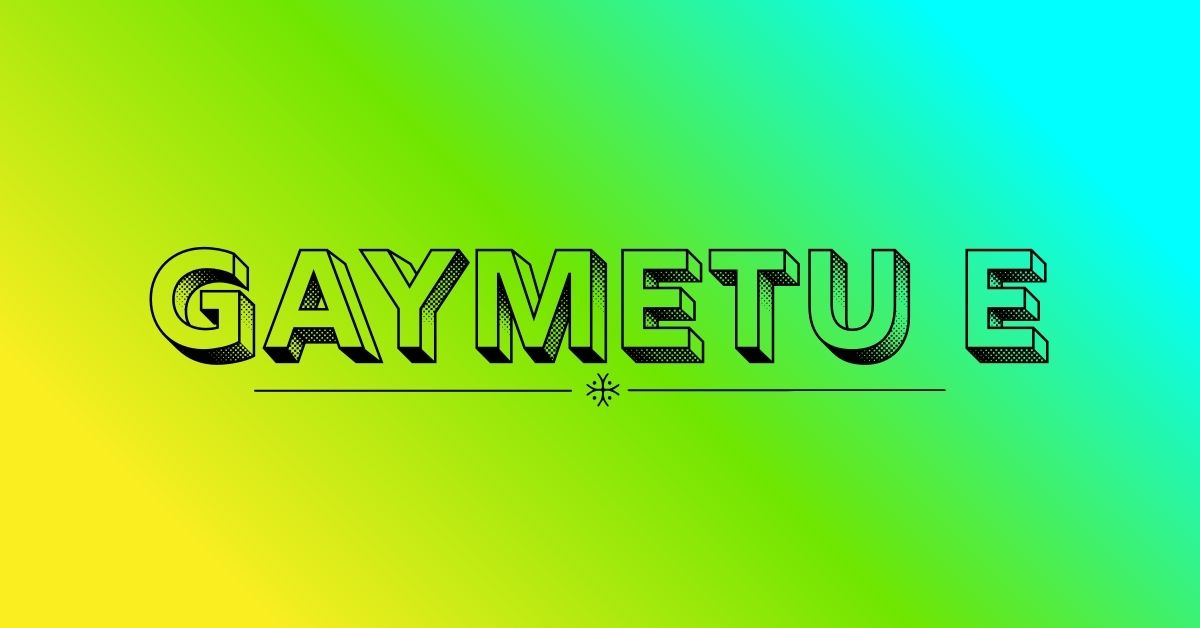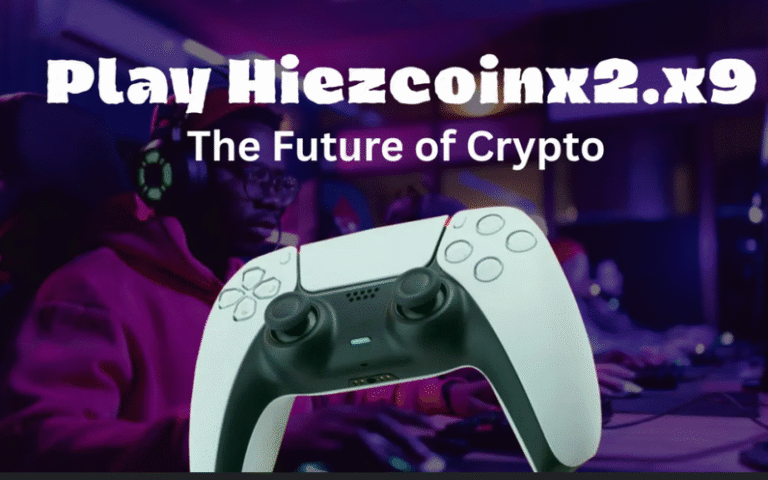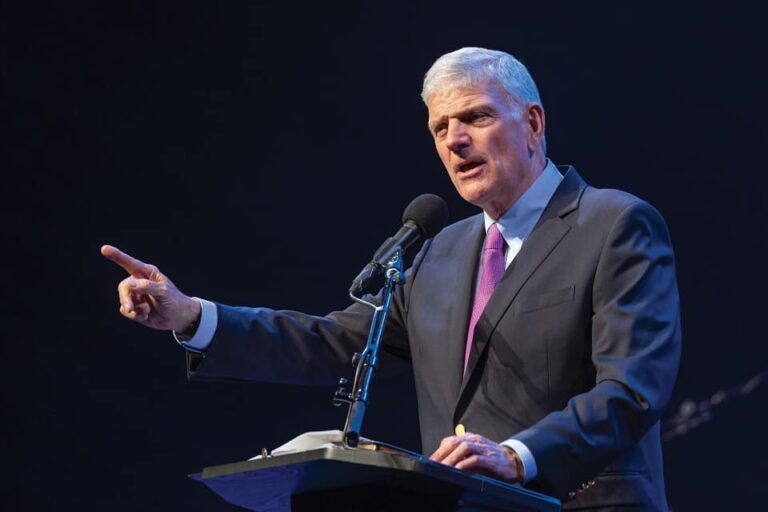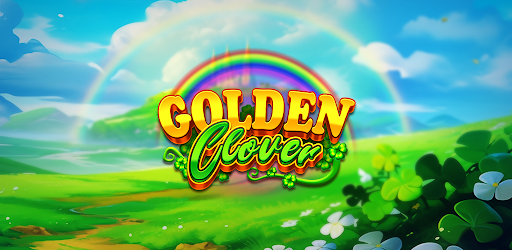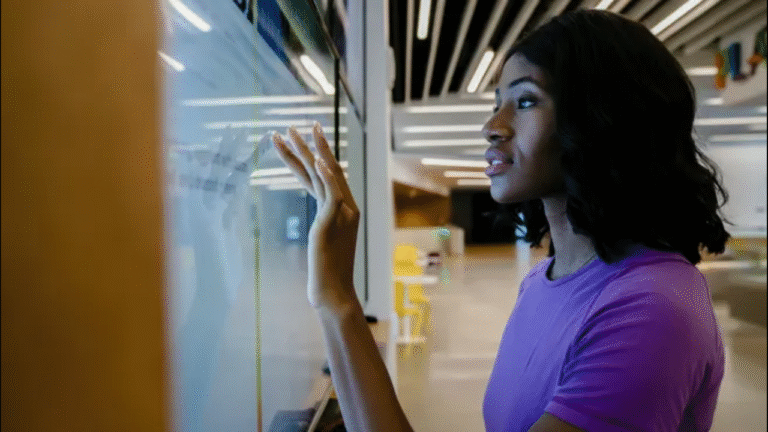Gaymetu e Explained: How Queer Identity Is Reshaping Gaming
The last decade has transformed video games from pure escapism into a living archive of peoples, places, and perspectives. At the center of that shift is “gaymetu e”—a shorthand for the meeting point between queer identity and interactive entertainment. It’s not just about ticking a representation box. It’s about stories, mechanics, and communities that let players recognize themselves, test boundaries, and imagine better futures. From tender romances to hard-won battles for acceptance, gaymetu e signals a broader movement: games made by, for, and about LGBTQ+ players—and welcoming anyone who values authenticity.
What “Gaymetu e” Means
At its simplest, gaymetu e describes a cultural space where queer experiences shape the design and reception of games. That includes protagonists and side characters with depth, arcs that reflect real-world complexity, and worlds that make room for many kinds of love, family, and identity. Crucially, it goes beyond surface traits. Gaymetu e asks for genuine characterization: flawed, funny, resilient people whose choices matter and whose lives don’t revolve solely around trauma.
This approach changes how games feel to play. When narratives are built on honesty, players connect more deeply—regardless of orientation. Accessibility of identity options, pronouns, relationship paths, and role-playing choices also turns character creation into self-expression rather than a menu chore. The result is a medium where belonging becomes part of the gameplay loop.
How Representation Evolved
Early mainstream titles often ignored queer people or reduced them to punchlines and stereotypes. The first cracks in that wall came from independent developers, who were freer to take creative risks and tell intimate, specific stories. Their success proved there was both an audience and a commercial case for inclusive design.
Major studios followed—first cautiously, then more confidently—by weaving queer characters and arcs into blockbuster franchises. Alongside that, expanded character creators, dialogue systems, and branching romance paths helped normalize LGBTQ+ presence. Today, representation is no longer a novelty; it’s a growing expectation. Players ask not just for inclusion, but for craft: arcs with agency, worlds with consequence, and themes treated with care.
Why Inclusive Storytelling Matters
Inclusive storytelling does four things especially well:
- Validation: When players see themselves reflected, it affirms identity, reduces isolation, and signals that their stories belong in mainstream culture.
- Empathy: Stepping into another person’s shoes—especially through interactive choice—builds understanding in ways passive media can’t.
- Craft Quality: Complexity breeds better writing. Characters with specific contexts and conflicts create richer drama and more memorable quests.
- Market Reach: Diverse casts broaden appeal without alienating core audiences; players gravitate to sincerity and good design.
For creators, the lesson is simple: authenticity pays off artistically and commercially.
Friction, Backlash, and Common Pitfalls
Progress isn’t linear. Developers still navigate predictable hazards:
- Tokenism: One note characters included for optics rather than story logic.
- Stereotypes and trauma-only arcs: Reducing queer life to suffering misses joy, community, and everyday humor.
- Censorship and distribution barriers: Regional policies can limit content or force edits that dilute intent.
- Community pushback: A vocal minority may frame inclusion as a distraction; strong community management and clear creative vision are essential.
Avoiding these traps requires research, consultation, and hiring. Bring queer writers, designers, and sensitivity readers into the process early—before systems and scripts harden.
Building Understanding and Community
Gaymetu e is as much about players as products. Fan art, mods, Discords, and community events extend the worlds on screen into networks of support. These spaces encourage conversation about identity, mental health, and design craft—and provide feedback loops that improve future games. When studios listen and credit community labor, trust grows. Over time, that trust converts into sustained engagement, word-of-mouth, and brand loyalty.
Industry Impact: Design, Markets, and Teams
The rise of gaymetu e changes how studios plan projects:
- Design: Pronoun options, flexible romance systems, and narrative branches are scoped as core features, not stretch goals.
- Marketing: Campaigns center people and themes rather than treating inclusion as a footnote.
- Talent: Teams diversify on and off camera—writers’ rooms, casting, QA, community, and leadership—improving cultural fluency and creative range.
- KPIs: Success expands beyond sales to include sentiment metrics, accessibility, and community health.
Importantly, inclusive choices often improve everyone’s experience: better character tools, smarter dialogue systems, and more nuanced worlds benefit all players.
What’s Next: Trends and Predictions
- Indie leadership continues: Smaller teams will keep prototyping bold mechanics for identity, consent, and relationships.
- AAA normalization: Large franchises will integrate queer arcs as standard, with fewer marketing “reveals” and more lived-in worlds.
- VR/AR for empathy: Immersive tech will deepen embodiment and perspective-taking—promising, if handled thoughtfully.
- Player-authored identity: Systems that let players script or mod pronouns, backstories, and dynamics will grow—turning character creation into co-creation.
- Globalization with nuance: More games will reflect queer life beyond Western contexts, collaborating with local creators to avoid cultural flattening.
The throughline: specificity. The more particular a story is, the more universal it tends to feel.
Practical Guidelines for Better Queer Representation
- Hire with intention: Include queer creatives in decision-making roles.
- Consult early, iterate often: Sensitivity readers can’t fix design foundations at the eleventh hour.
- Balance tones: Put joy and ordinary life alongside conflict; not every arc needs to center trauma.
- Give agency: Let players make meaningful choices; don’t trap identity behind optional DLC or hidden flags.
- Support communities: Moderate with care, uplift fan creators, and credit contributions.
The Bottom Line
Gaymetu e isn’t a trend—it’s an infrastructure upgrade for the medium. Games that welcome queer lives with craft and care play better, age better, and build healthier communities. For studios, the path forward is clear: design with people in mind, listen hard, and let representation elevate the art. For players, the message is equally clear: your stories belong here, and your play changes the landscape.
FAQs
1) What does “gaymetu e” mean?
It’s a shorthand for the intersection of queer identity and gaming—covering characters, narratives, mechanics, and communities that center LGBTQ+ experiences.
2) Why is queer representation important in games?
It validates players, widens empathy, improves narrative craft, and expands audiences. Authenticity makes games more human—and more fun.
3) Aren’t indies the only place for these stories?
Indies led the way, but AAA studios increasingly integrate queer characters and arcs as standard. Expect continued growth across all tiers.
4) How can developers avoid tokenism?
Hire queer creatives, research lived realities, give characters agency and interiority, and ensure identity is integrated into plot and systems—not pasted on.
5) What can players do to support inclusive games?
Buy and review them, participate in respectful communities, report harassment, and amplify creators—especially marginalized devs—whose work moves representation forward.
